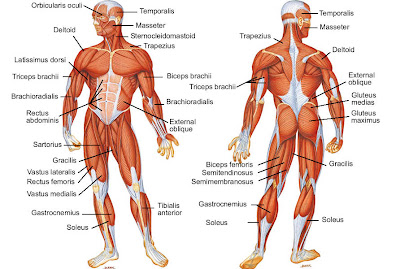NUCLEAR
CHEMISTRY
Outline:
Nuclear
Reactions= matter converted into energy.
Nuclear
decay particles= Table O
Decay
reactions= Table N
Artificial
vs. natural transmutation
Fission=
division
Fusion=
coming together
Notes:
Penetrating
abilities—
(least to
greatest)
Alphaàbetaàgamma (in order on Table O)
Transmutation
is the change of a nucleus from one element to another.
Natural
transmutation—nucleus spontaneously decays; only one reactant.
Artificial
transmutation—nucleus changes with help of some other particle; two or more
reactants; non-spontaneous. Particle
accelerators can be used to give changed particles enough energy to overcome
the electrostatic repulsion that exists between two nuclei.
Nuclear
reaction is mass to energy; a billion
times more energy than a chemical reaction.
Small massàlarge energy
Exposure to
radioactivity can cause cancer.
Nuclear
waste has a long half-life.
**Chernobyl/Three
Mile Island/Japan after 2011 earthquake
Fission
reactions= artificial transmutation
Splitting of
nucleus into two nuclei
Nucleus must
have high atomic number
Neutrons
collide with heavy nucleus
Uncontrolled
fission reaction is an atomic bomb
Fuels are
uranium
Pros of
fission= fuel will last longer than fossil fuels; doesn’t contribute to air
pollution, global warming, or acid rain
Cons of fission=
fuels/products are radioactive, which poses a health risk; possibility of nuke
accident; possibility of theft from nuclear reactor to make nuclear weaponry.
Fusion
(coming together) reaction is combining of two nuclei to make one heavier
nucleus.
Energy
released is much greater than that in a fission reaction.
Mass of new
nucleus is less than that of the two nuclei because a lot of the mass is
converted into energy.
Sun gets its
energy from a fusion reaction.
Hydrogen
bombs use fusion to get a fission reaction to take place
Fuels for
reaction are hydrogen isotopes.
H1- slowest
H2&3-fastest
Pros of
Fusion= inexpensive fuel; produces no harmful radioactive waste.
Cons of
Fusion=high activation energy required.
Carbon 14
used for radioactive dating.
Cobalt 60
can be used to treat cancer.
Radium also
used to treat cancer.
Uranium 238
and lead 206 used for dating rocks.
Iodine 131
used for detecting/diagnosing thyroid disorders.
Technetium
99 used to determine location of brain tumors.
Gamma
radiation used in food preservation.
Half-lives
cannot be changed by external factors.
(1/2)(t/T)
t= total
time
T= half life
3 types of
half-life problems:
1.
Going
forward in time
2.
Going
backwards in time
3.
Radioactive
dating
Going forward in time
1.
Use
this formula~#HL=t/T
2.
Plug
into formula using values given.
3.
Once
you find product, cut the amount of substance in half that amount of times.
Going backwards in time
1.
Use
this formula~#HL=t/T
2.
Plug
into formula.
3.
Once
you find product, double the amount of substance that many times.
Radioactive Dating
1.
Use
the percentage given equivalent to one Half Life value.
2.
Look
up the nuclide on Table N and identify its actual half-life.
3.
Times
actual half-life by one half-life to come up with your product.
Useful
Links:




